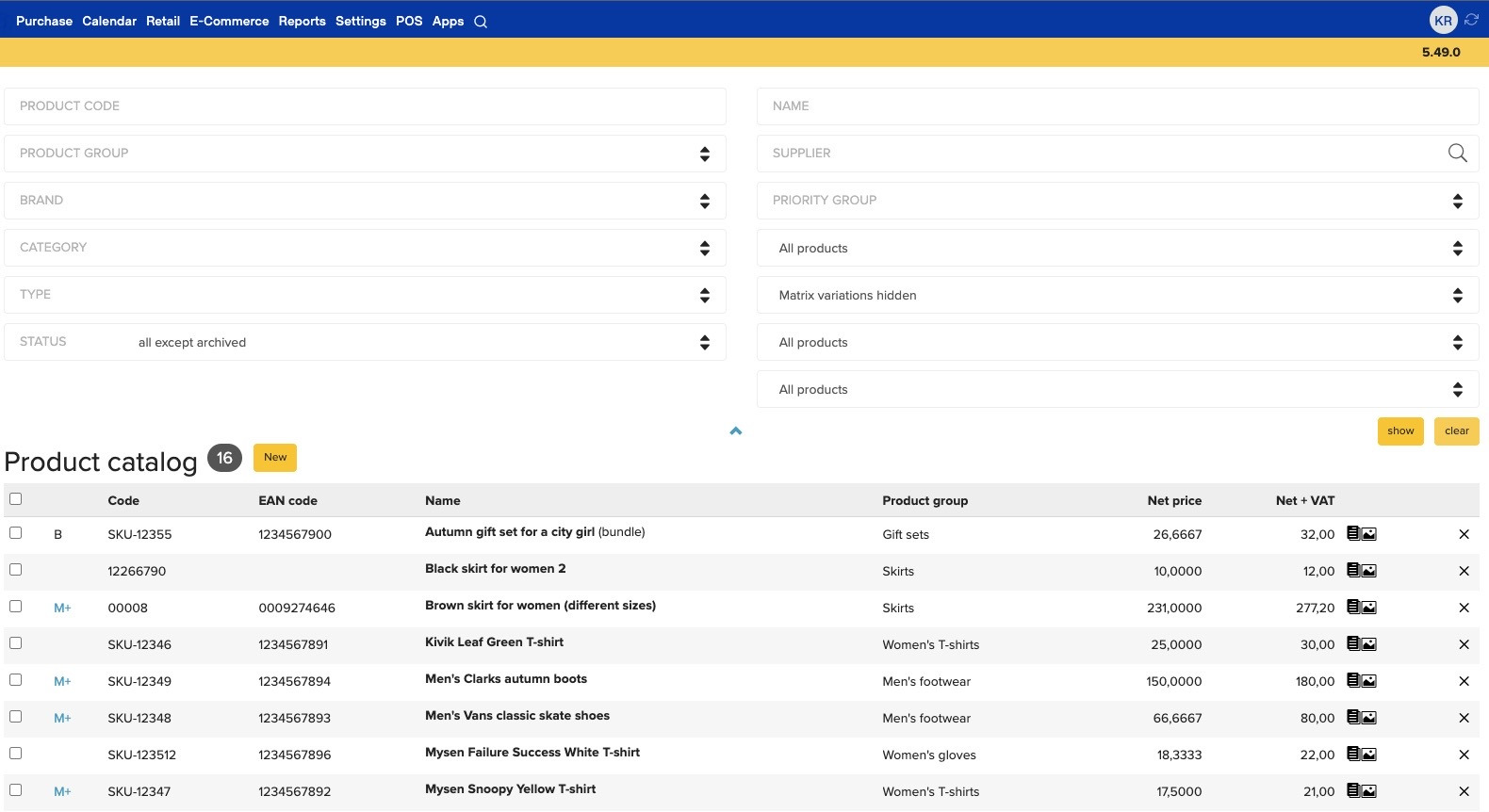Warehouse Management System (WMS) bridges the gap, helping retailers master inventory and surpass customer expectations. This is where an advanced WMS bridges the gap, assisting retailers to master lists and exceed customer expectations. While shipping software aids order fulfillment, it falls short in critical capabilities – from comprehensive inventory visibility to unified retail data and supply chain insights. Managing logistics is challenging for omni-channel retailers dealing with complex fulfillment across physical and digital storefronts.
- Real-Time Cloud Inventory Management Software for Holistic Control
Standalone shipping solutions need more robust inventory support. A SaaS WMS consolidates multi-channel inventory into a single source of truth, providing complete visibility. With perpetual inventory tracking and regularization through cycle counts, retailers can closely monitor stock levels across warehouses, stores, and marketplaces. Location tracking through barcode scanning and RFID integration ensures accurate item placements, while intelligent algorithms enable optimization of storage density.
By syncing with Point-of-Sale systems and delivery channels, the WMS helps retailers align supply-demand through dynamic safety stock thresholds and replenishment planning. This prevents costly out-of-stocks that erode sales and eliminate excess inventory buildup.
- Accelerating Order Fulfillment with Unified Commerce
Shipping software prints labels, while a WMS transforms end-to-end order processing. Tight ERP integration enables unified order orchestration across channels, providing retailers with an edge. Wave management combines orders into batches for efficient picking. Strategies like zone-based picking further optimize routes, minimizing travel distance. Cartonization ensures optimal packaging, maximizing truckload space.
With workflows spanning more than just fulfillment, the WMS assists purchase order management and seamlessly tracks goods through receiving, away to storage, and cross-docking. Robust functionality around cycle counting also maintains inventory accuracy. Contactless workflows with multi-modal scanning facilitate touchless order processing – which is essential for worker safety and compliance.
- Connecting Channels with WMS’ Centralized Data
A retail-ready online inventory management system‘s WMS unifies commerce through deep integration. Syncing inventory, order, and delivery data bi-directionally across e-commerce platforms, marketplaces, TMS, and POS systems into a centralized database creates a “single source of truth.”
With customer, product, and pricing information consolidated across channels, retailers can fulfill orders faster. Inventory shared across channels helps retailers efficiently leverage stock. Unified data minimizes manual errors, enabling accurate visibility into KPIs like lost sales and helping prioritize omnichannel growth initiatives.
- Intelligent Warehouse Execution and Labor Management
Beyond inventory management, a WMS optimizes distribution center operations for maximum throughput and productivity. It assists in optimally designing facility layouts accounting for seasonal stock profiles. Zone-based slotting and dynamic pick path optimization reduce travel time during order picking. Integrated barcode scanning facilitates rapid product identification and error prevention through confirmation prompts.
With a built-in labor management module, the WMS assigns prioritized workflows, optimizing resource utilization. Tools for incentive-based pay rate setting aligned with business targets further boost productivity. Robust analytics provides insight into peak capacity needs, guiding planning around temporary workforce hiring.
- Embedded Analytics for Data-driven Improvement
A modern WMS provides embedded data visualizations, delivering transformative operational insights. Critical metrics across inventory, orders, storage utilization, peak throughput, workforce productivity, and costs are tracked. When benchmarked against industry standards, this uncovers improvement areas spurring optimization.
By displaying trends around order cycle times, fulfillment costs, and inventory turnover, the WMS drives initiatives to maximize efficiency. Granular analytics around fast/slow moving items guides tailored storage planning, while seasonal demand forecasts enable aligned capacity expansion planning. The WMS allows continual refinement of supply chain processes by making the inventory software data actionable.
A SaaS WMS gives retailers unmatched visibility, control, and insights across inventory and fulfillment. Instead of just shipping software, integrating an Enterprise WMS unifies commerce data and connects distributed supply chain execution into an efficient, productive system. This empowers retailers to deliver exceptional customer experiences amidst complexity while providing data-driven growth opportunities.
Sign Up











